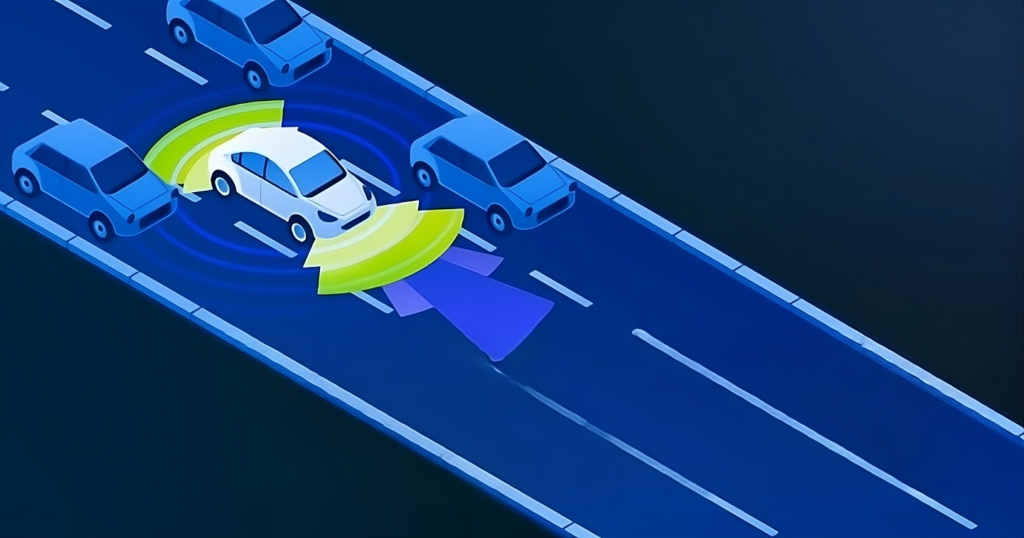Through the Internet of Things (IoT) technology and telematics data, these stakeholders are not only redefining risk assessment but also enhancing road safety and transforming the customer experience in ways that promise improved efficiency and growth across the mobility landscape, ultimately reshaping the landscape of embedded insurance in the industry.
In today’s vehicles, technology stacks make use of sensors and radar to collect a multitude of data points related to the vehicle and its driver. And this data is allowing insurtech brokers and insurers to bring immense value to the automotive and mobility sector.
IoT
The Internet of Things describes physical objects that are fitted with sensors and processors to allow them to connect to other devices and exchange data. In this way, car connectivity gives insurtech brokers and insurers a plethora of data that allows them to detect driver behaviour and assess how the vehicle is being used.
Telematics data
IoT devices, such as telematics sensors, can be installed into any vehicle to allow for data collection. The type of data being collected from vehicles includes things like speed, location, time of day, braking, acceleration, and distance from other vehicles. This data can then be analysed by the insurtech broker or insurer to gain insights into the driving behaviour of their customers.
The data can, thus, be used to identify high-risk drivers, such as those who frequently speed up suddenly without reason or make sudden braking manoeuvres. In turn, this information can be used to adjust the pricing of insurance policies for those drivers, or to offer them incentives to improve their driving habits. Not only does this improve overall road safety, but the data can be used to develop more accurate and customised insurance products that better meet the needs of different types of drivers.
IoT devices can also help to monitor the vehicle’s health and predict potential issues. By looking at this type of data, insurers can decide whether to give a discount or not based on the vehicle’s health. This data also enables the creation of preventative services, such as alerting insureds to required maintenance on their vehicle, or sounding
an in-car alarm if the driver is falling asleep or exhibiting dangerous driving behaviour.
Overall, the use of IoT technology for creating protection products in the mobility space can lead to a more accurate and fair assessment of risk, improved pricing, and better customer experience. As well as creating improved efficiencies and business growth for fleet operators, car dealers and other mobility providers.
Here are our key takeaways:
- Connected cars are expected to have 2.5 billion connections by 2030, providing insurtech brokers and insurers with a wealth of data to bring value to the automotive and mobility sector.
- IoT (Internet of Things) technology, through sensors and processors in vehicles, allows insurtech companies to gather data on driver behaviour and vehicle usage, enabling the identification of high-risk drivers and customization of insurance policies.
- Telematics data collected through IoT devices can improve road safety, predict vehicle issues, and enhance the overall customer experience, leading to more accurate risk assessment, improved pricing, and business growth for various players in the mobility industry.
Download full whitepaper here


